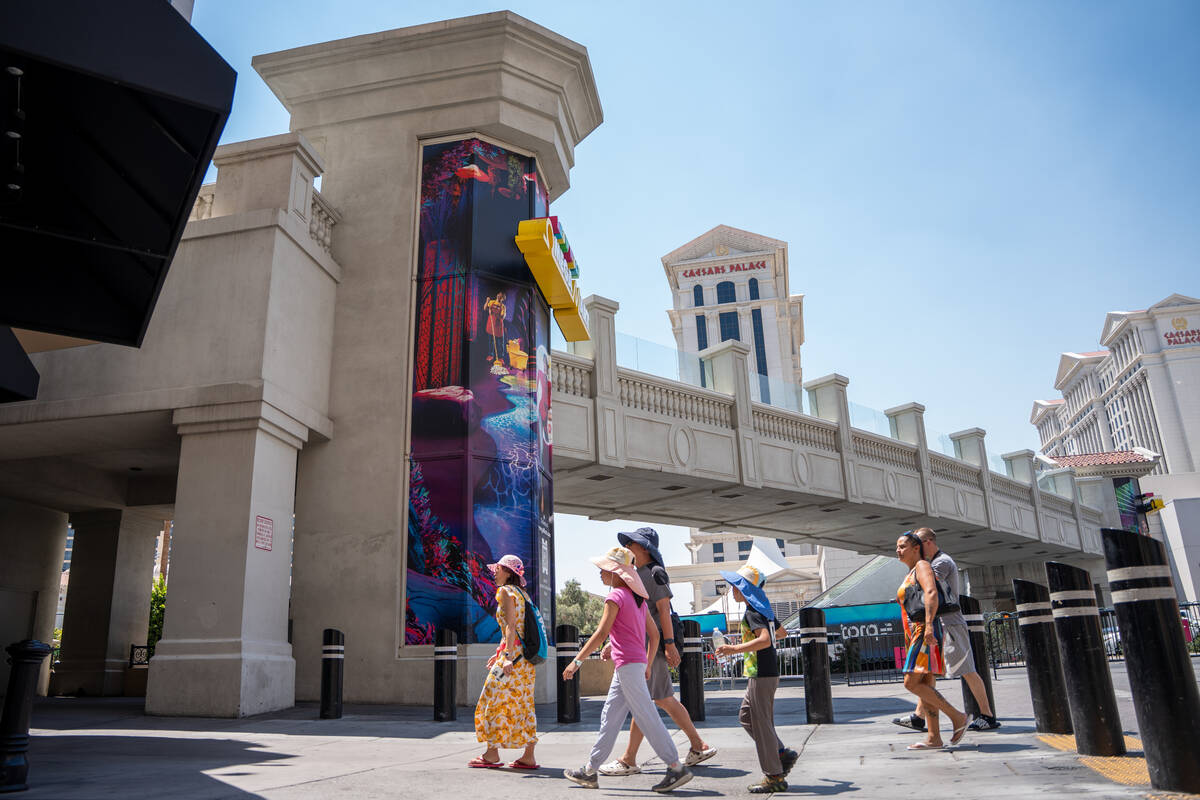In response to Victor Joecks’ column published on August 22, which attributed declining profits in the casino industry to high labor costs and union demands, new data reveals a more complex picture. Critics argue that the significant rise in executive compensation and other market factors may better explain the rising costs faced by consumers on the Las Vegas Strip.
According to recent figures, CEO compensation in the gaming sector surged by 31.7 percent from 2020 to 2024, with an average salary of $16 million. In stark contrast, the median annual earnings for workers in the same industry stood at just $43,880 in 2024. This results in a striking 419-to-1 ratio between the earnings of the average worker and the CEO of Caesars Entertainment, who received $18 million that year.
While room rates on the Strip have escalated by 70 percent since 2015, the cost-of-living index in Las Vegas has matched the national average only once since 2020. This discrepancy raises questions about the sustainability of such price increases in a competitive tourism market. Furthermore, Las Vegas has seen a decline of 177,600 visitors year-to-date, particularly affecting travelers from Mexico and Canada.
The impact of GOP tariffs and tighter U.S. foreign policies is also a topic of discussion among industry observers. Some argue that these factors have influenced Las Vegas’ tourism levels more significantly than those in other states. Joecks contends that tariffs have not adversely affected Florida, yet critics point out that comparing a city like Las Vegas to an entire state does not provide a fair analysis.
Las Vegas primarily attracts non-family tourists, offering limited activities compared to Florida, which boasts a wider range of attractions for families with diverse budgets. This difference in target demographics may be a crucial factor in understanding the tourism dynamics at play.
Moreover, despite the claims made regarding labor costs, local casinos in the Las Vegas area have posted record earnings during the same period. This raises further questions about the correlation between union presence, labor costs, and profitability. Many locals argue that these casinos also operate under union agreements and face similar labor expenses yet continue to thrive.
As discussions surrounding labor costs and executive compensation intensify, it is increasingly clear that a multifaceted approach is necessary to understand the challenges facing the Las Vegas Strip. Stakeholders will need to consider various elements, from executive pay structures to broader economic factors, to navigate a path forward in this competitive landscape.





































































